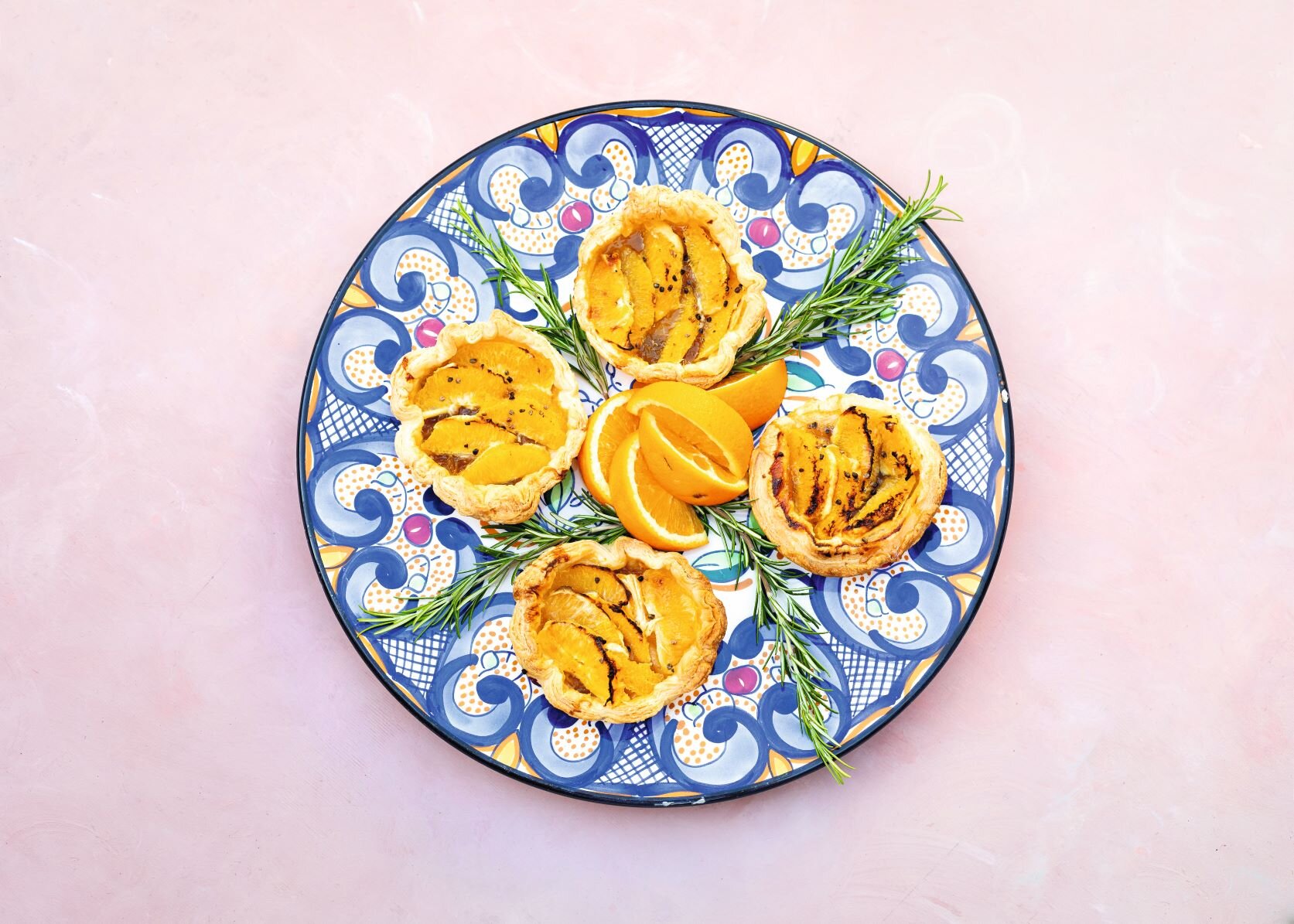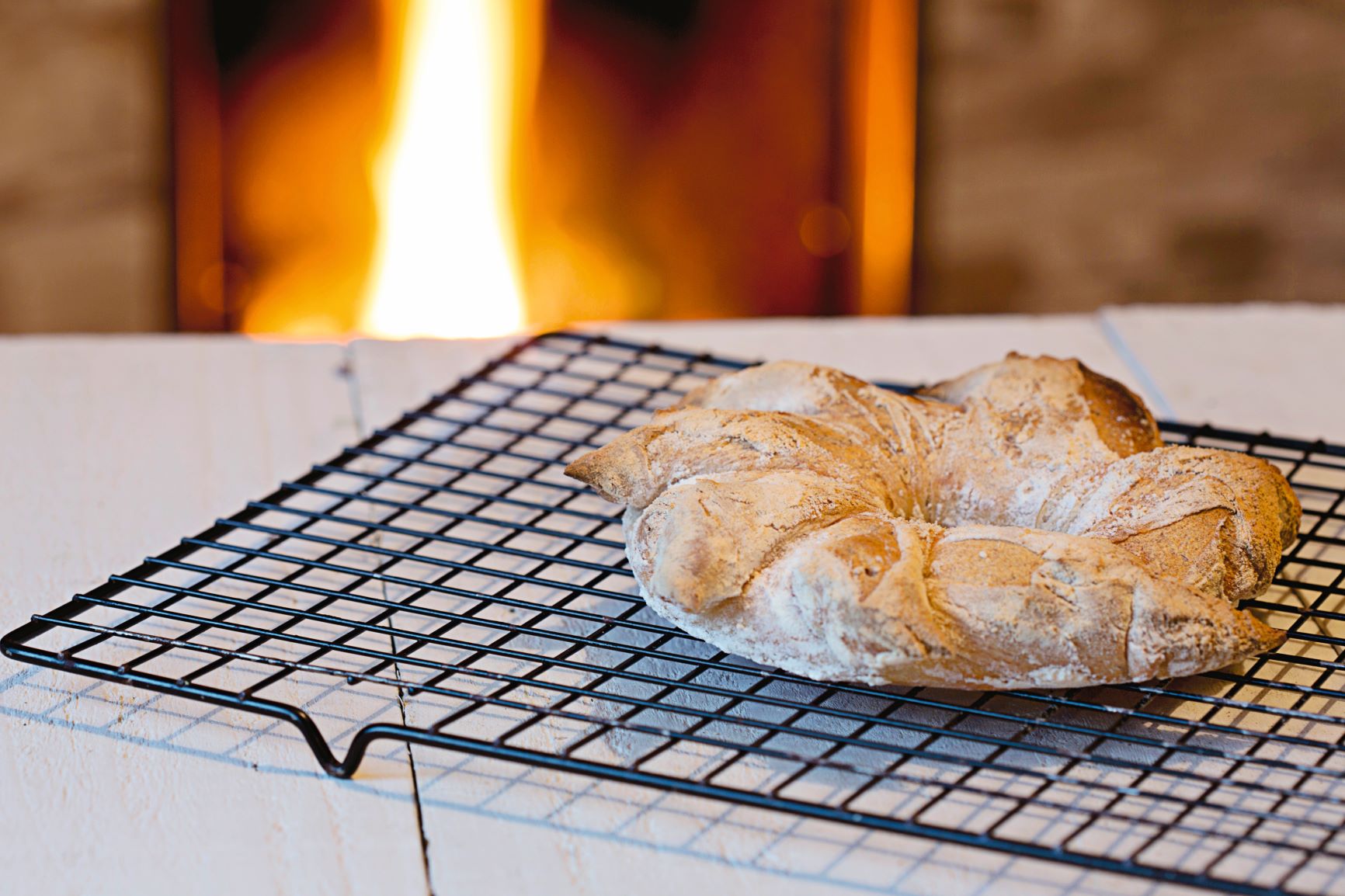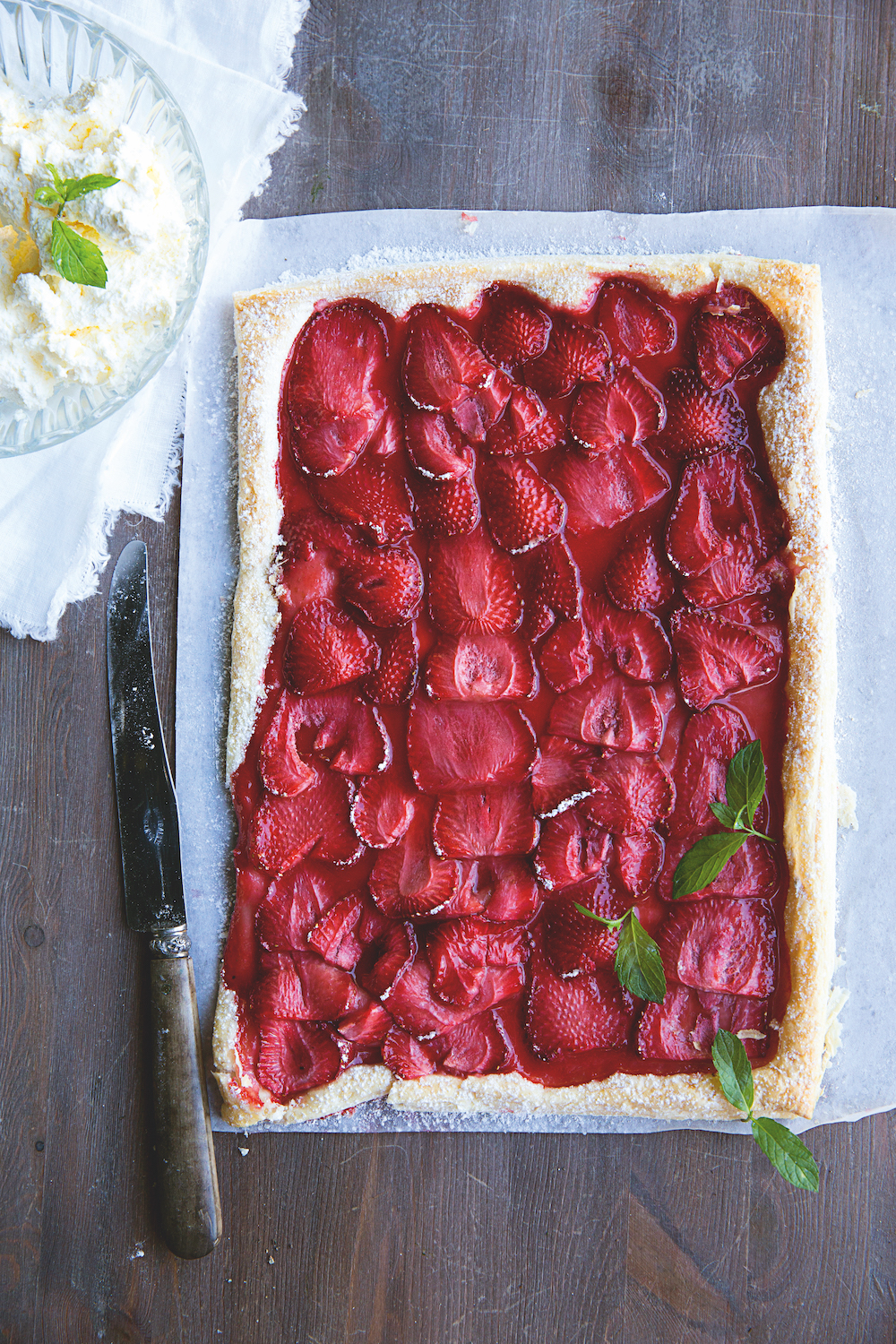These pretty, light rolls are delicious with a piquant sauce
Makes 14
80g vermicelli rice noodles
14 edible rice papers
14 butterhead or other soft lettuce leaves
100g beansprouts
14 thin carrot batons, peeled
14 thin cucumber batons
2 handfuls fresh coriander leaves, roughly chopped
14 fresh mint leaves, roughly chopped
1 red chilli, sliced
For the dipping sauce:
4 tbsp hoisin sauce
4 tbsp peanut butter
lime juice to taste
1 Prepare the dipping sauce by mixing together all the ingredients in a small bowl. Cover and refrigerate until needed.
2 Cook the vermicelli according to the instructions on the packet. Drain and set aside.
3 Soften the rice papers. Fill a large bowl with warm water. Carefully and slowly dip the rice papers in one by one. Leave each one for about 20 seconds until totally soft. Lay the rice papers out on a dry cloth as you finish.
4 On top of each rice paper, arrange a lettuce leaf (trimmed to size if needed) a small handful of vermicelli and a small handful of beansprouts. Add carrot, cucumber, herbs and chilli, always keeping about 5cm of wrapper uncovered on each side of the filling.
5 Fold the uncovered side inwards, then tightly roll the rice paper into a sausage shape around the filling. Repeat with the remaining ingredients.
6 Serve the rolls chilled with the dipping sauce on the side.
Recipe from Modern Dim Sum by Loretta Liu. Photography: Louise Hagger (Ryland Peters & Small)
















































